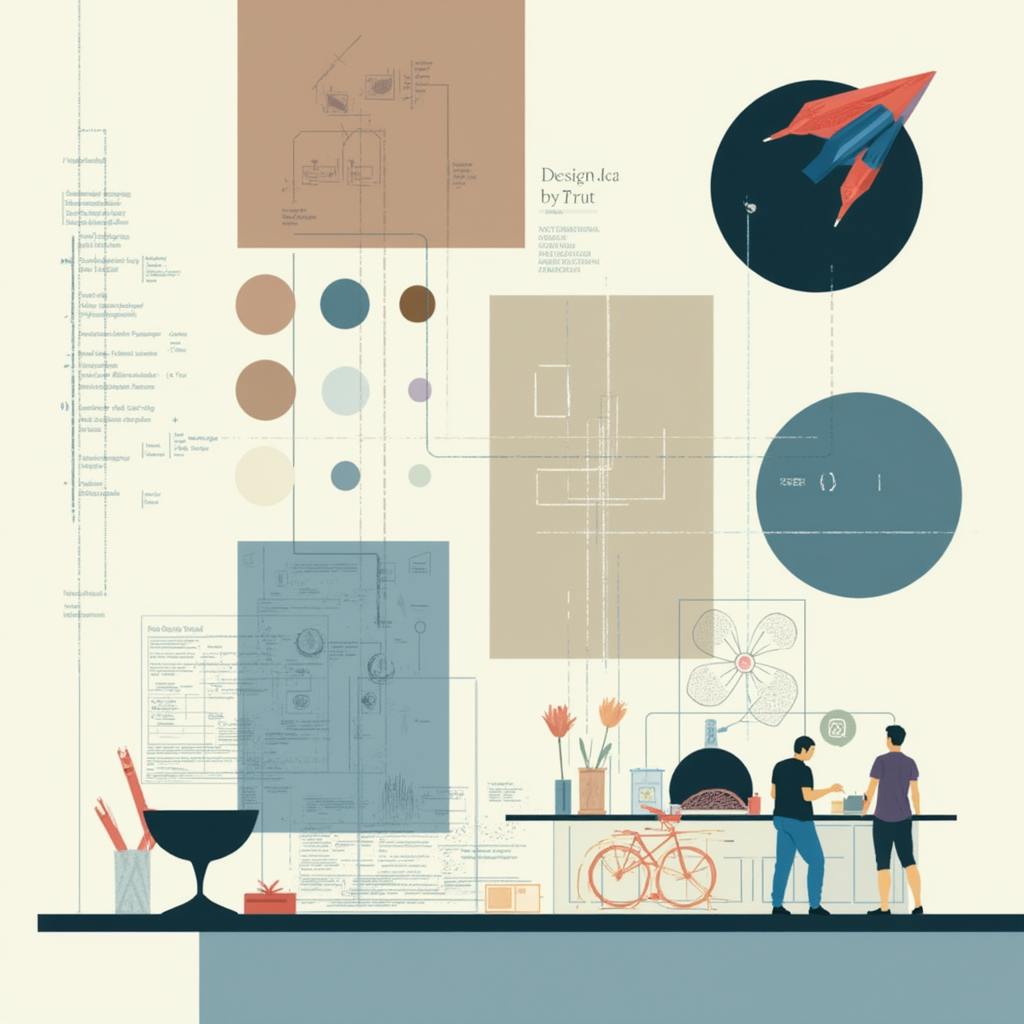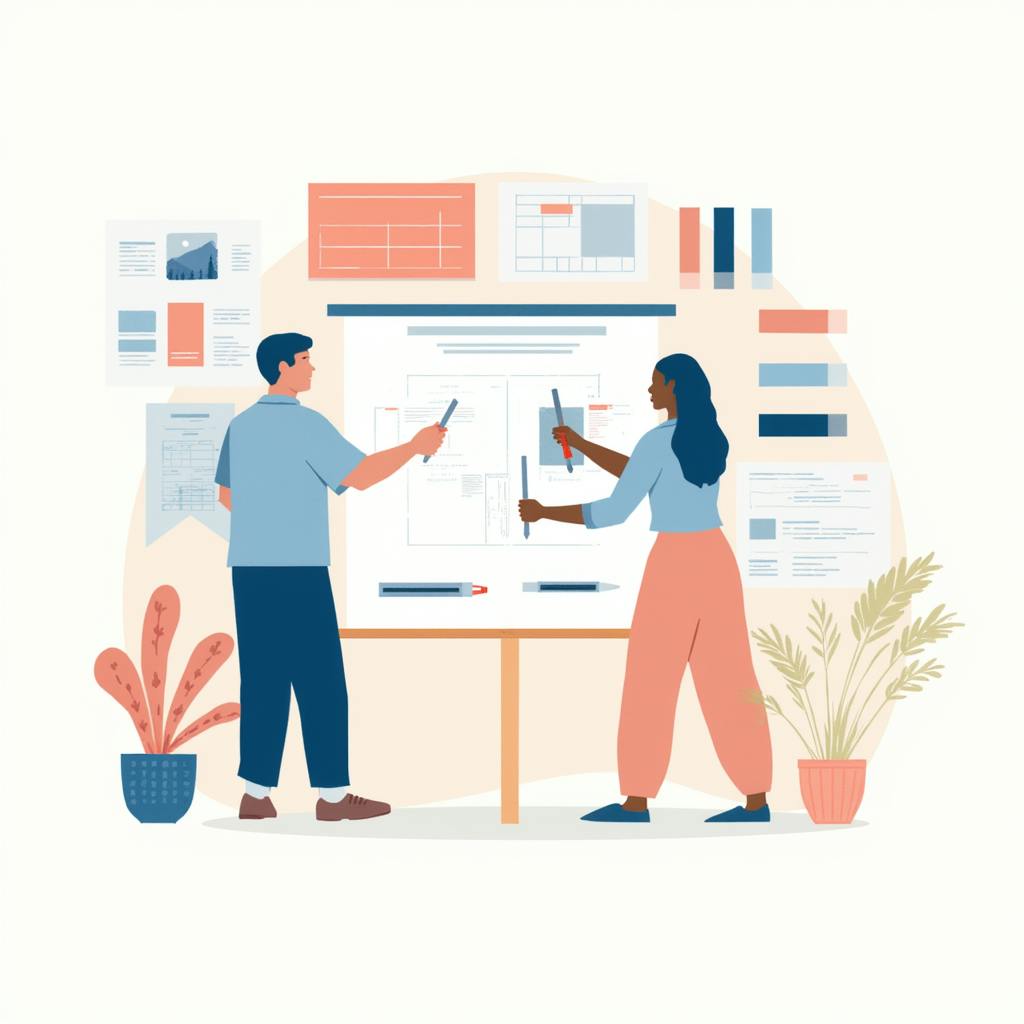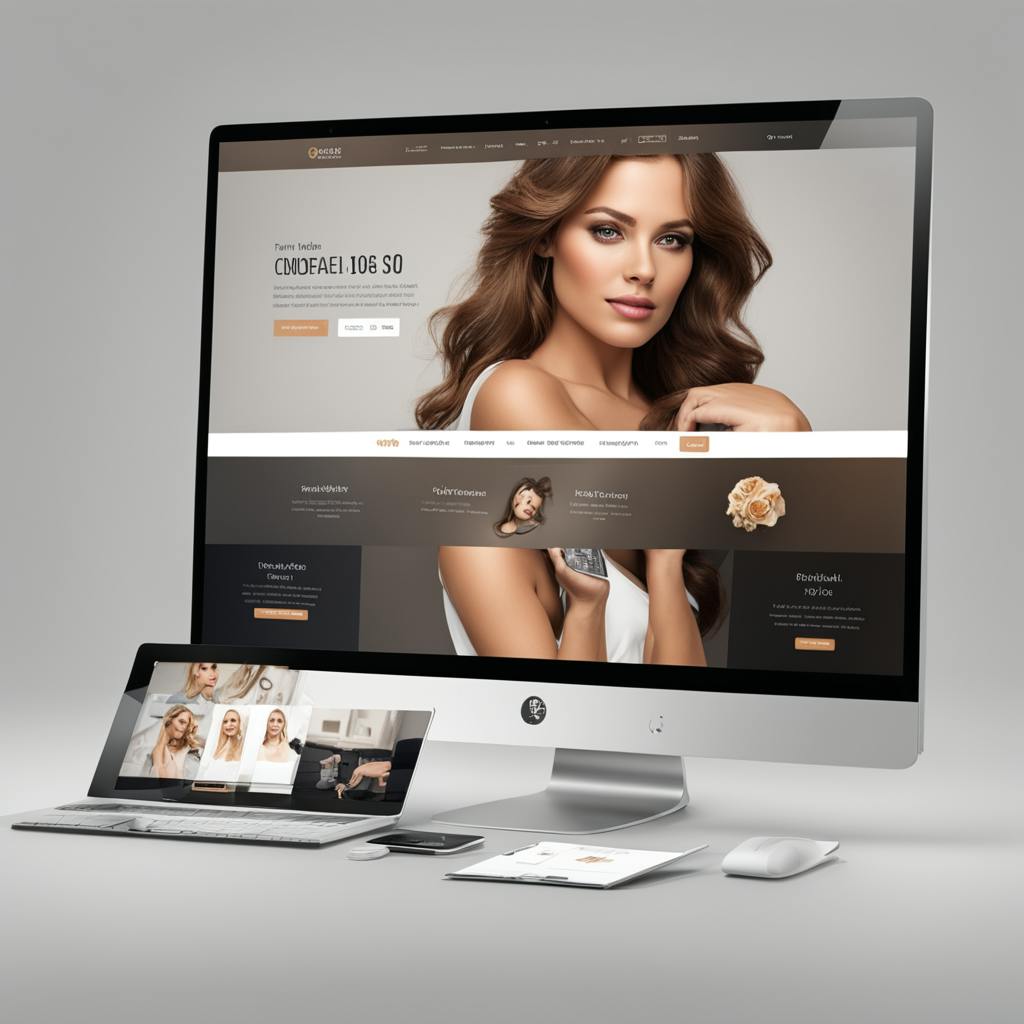Effective design and communication graphics are at the heart of successful visual storytelling and branding strategies. As the world continues to become more visual-centric, understanding how to convey messages clearly and impactfully through graphics is paramount. This article delves into the essentials of design and communication graphics, unearthing the tools and techniques vital for effective visual communication design.
The Foundation of Design and Communication Graphics
Clear communication through graphic design is imperative. At its core, design and communication graphics integrate textual and visual elements to convey messages succinctly. For those involved in crafting graphics for effective communication, clarity should never be compromised. Opt for clean layouts, harmonious color schemes, and intuitive typography that collectively complement the message without causing distraction.
Balance Between Text and Imagery
Achieving balance between text and imagery is crucial. An overpowering use of either element can lead toward misunderstanding or cognitive overload. For instance, if a brand's message aims to highlight sustainability, using earthy tones paired with minimalist text can reinforce this narrative effectively.
Visual Communication Design
Conciseness isn't merely about brevity but about effectiveness in every aspect of the composition. Design communication tools, such as Adobe Creative Suite or Canva, offer platforms to craft compelling graphics that communicate the essence of a message without unnecessary embellishment. When done right, this approach conveys the intended message efficiently, ensuring it resonates well with the audience.
Focused Messaging
Every element in graphics should serve a purpose. By stripping away superfluous components, professionals ensure the audience's attention is directed toward what truly matters. This tactic can significantly heighten engagement levels, particularly in cluttered digital environments.
Visuals for Communication Through Graphic Design
Creating compelling visuals is the crux of graphic design for messages and branding. The intent is to evoke emotions and drive actions; thus, understanding the target audience's preferences and cultural nuances is vital. Compelling graphics cultivate an emotional connection, leveraging design elements that speak directly to the audience's values and needs.

AI made with Dean Jones
Emotional Resonance
Humanizing brands through emotion-infused designs encourages trust and loyalty. Whether it's the friendly curves of a logo or the motivating colors in promotional materials, graphics have a profound impact on audience perception.
Building Trust Through Design
Credibility in design is achieved through consistency and accuracy. Consistent branding across all design and communication graphics instills trust and professionalism, fostering a robust brand identity. Using validated data and factual information within infographics not only underscores integrity but also demonstrates an expertise in the subject matter.
Uniformity Across Platforms
Maintaining visual consistency, from the company website to social media graphics, is essential in fortifying a brand's credibility. Disparate design elements can lead to a fragmented brand image, confusing the audience and diminishing trust.
FAQs About Design and Communication Graphics
What tools are effective for design communication?
Popular tools like Adobe Illustrator, Photoshop, and Canva are widely used for crafting intricate and effective design and communication graphics. They offer diverse functionalities that cater to both beginners and professionals.
How can graphic design improve branding?
Graphic design creates a visual language that communicates brand values and differentiators, fostering recognition and loyalty. Well-designed graphics bridge the gap between consumers' emotions and the core message of a brand.
Why is clarity important in graphic design?
Clarity ensures that the message is understood swiftly and correctly, which is essential in avoiding misinterpretation and ensuring effective communication. It forms the basis for engaging and retaining an audience's attention.
FAQ: Design and Communication Graphics
What are the Key Elements of Effective Design and Communication Graphics?
Effective design and communication graphics are essential in conveying messages clearly and engagingly. Here are the key elements:
- Clarity and Simplicity: The design should be straightforward and easy to understand, reducing noise and focusing on the main message. Avoid clutter and extraneous details that might distract from primary communication.
- Typography: The choice of fonts should enhance readability and reflect the tone of the message. Consistent use of typography can also strengthen brand identity.
- Color: Colors evoke emotions and moods. Appropriate use of color can cultivate a desired emotional response from the audience and aid in message retention. Additionally, colors should be harmonious and reflect the brand’s theme.
- Imagery and Icons: High-quality images and well-designed icons can effectively communicate ideas and make content more relatable and engaging. Imagery should be relevant to the message and audience.
- Hierarchy: Establishing a clear visual hierarchy guides viewers naturally from the most important element to the least. This can be achieved through size, contrast, placement, and color.
- Consistency: A consistent design language across all graphics fosters a stronger brand image and helps reinforce the message.
- Balance and Alignment: Good balance and alignment provide structure and cohesion, ensuring the design is aesthetically pleasing and easy to follow.
How Can Design and Communication Graphics Improve Business Marketing Strategies?
Design and communication graphics are powerful tools that can significantly enhance business marketing strategies:
- Brand Identity: Well-designed graphics strengthen brand recognition and convey professionalism. Instilling a memorable visual identity helps businesses differentiate themselves from competitors.
- Effective Communication: Graphics simplify complex information, making content more accessible. Infographics, for instance, can break down intricate data into digestible visuals.
- Emotional Connection: Visuals can tell a story that resonates emotionally with the audience, fostering loyalty and affinity. Compelling design evokes emotions that encourage consumer action.
- Increased Engagement: Eye-catching graphics grab attention quickly, inviting the audience to explore the content further. Engaging designs can lead to longer interaction times and higher conversion rates.
- Cross-Platform Consistency: Tailored yet consistent graphics ensure a cohesive brand experience across various marketing channels, enhancing brand credibility and reliability.
- Enhanced User Experience: Clear and intuitive graphics enhance user experience, which in turn can boost customer satisfaction and retention.

AI made with Dean Jones
What Are Some Examples of Effective Design and Communication Graphics?
Here are several examples where design and communication graphics have been effectively used:
- Infographics: These visual tools convey statistics, processes, and information succinctly. They are particularly valuable in content marketing to drive user engagement and social sharing.
- Branded Visual Content on Social Media: Consistent color schemes, typography, and logos provide continuity and brand recognition when businesses utilize social platforms.
- Digital Advertising Banners: Effective display ads utilize bold call-to-action buttons, captivating images, and strategic layout to captivate potential customers.
- Email Campaigns: Well-designed graphics within emails enhance open rates and encourage click-throughs, using bold imagery and precise typography to drive conversions.
- Product Packaging: Innovative and visually appealing packaging not only attracts consumers but also communicates the brand’s values and product benefits.
How Does Effective Design and Communication Graphics Influence Audience Engagement?
Effective design and communication graphics are pivotal in boosting audience engagement for several reasons:
- Immediate Impact: Good graphics command immediate attention and create a strong first impression, which is essential for audience retention in the fast-paced digital world.
- Storytelling: Graphics that tell a story can engage audiences on a deeper level, facilitating an emotional connection with the brand.
- Interactivity: Interactive graphics, such as clickable infographics or animated visuals, invite audiences to engage actively rather than passively consuming content.
- Information Retention: Visuals are processed faster and remembered longer than text. Effective graphics ensure that audiences retain information, enhancing the overall communication effectiveness.
- Increased Sharing: Compelling visual content is more likely to be shared across social media platforms, expanding reach and driving further engagement.
- User Comfort: Aesthetic and intuitive design can affect a user’s emotional state, reducing frustration and increasing satisfaction, leading to positive engagement and repeat interactions.
Conclusion
Mastering the art of effective design and communication graphics revolves around clarity, conciseness, and credibility. By leveraging these principles within visual communication design, brands and individuals alike are well-equipped to convey powerful and resonant messages. Integrating emotion, clarity, and consistency into your graphics not only enhances communication effectiveness but also strengthens brand identity and audience engagement. The influence of well-crafted design extends far beyond aesthetics, transforming how narratives are perceived and acted upon in the modern world.

